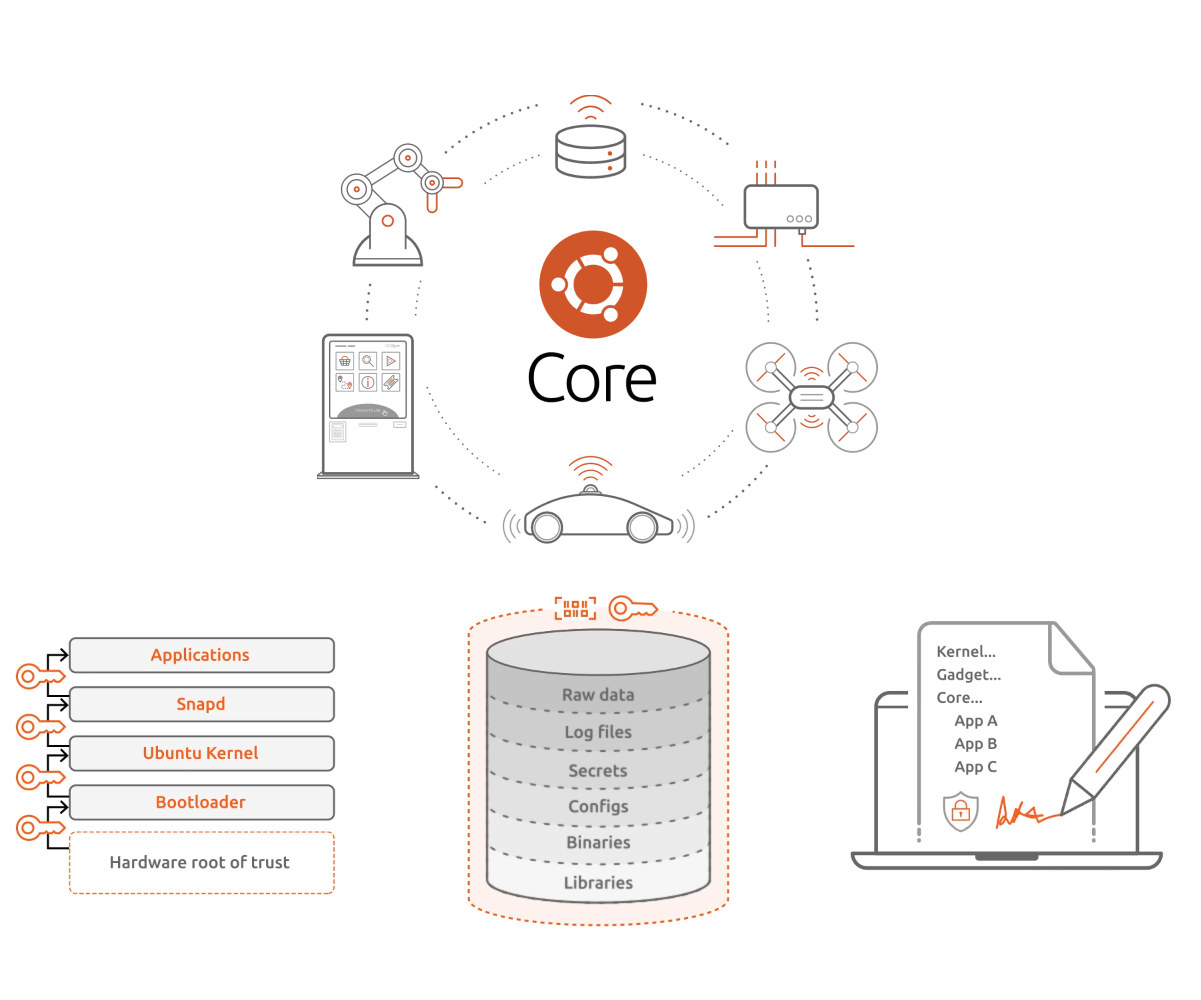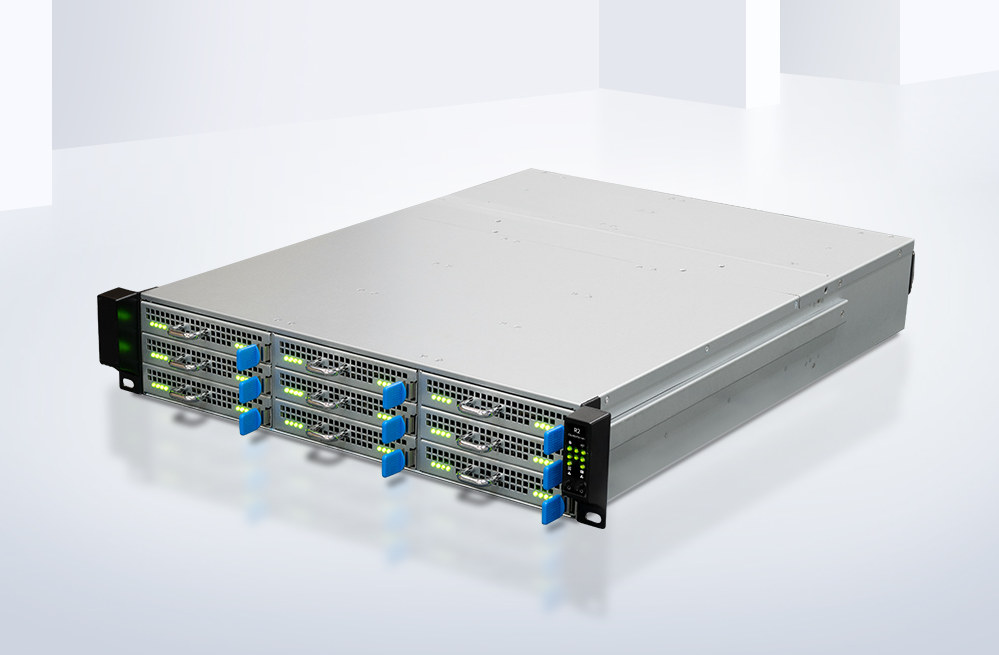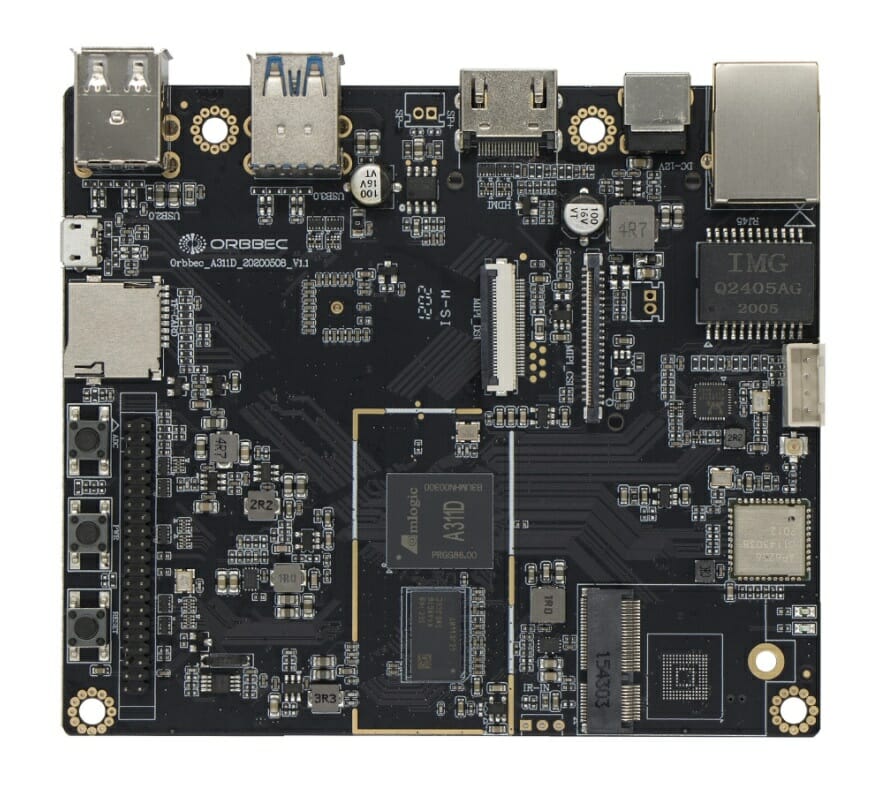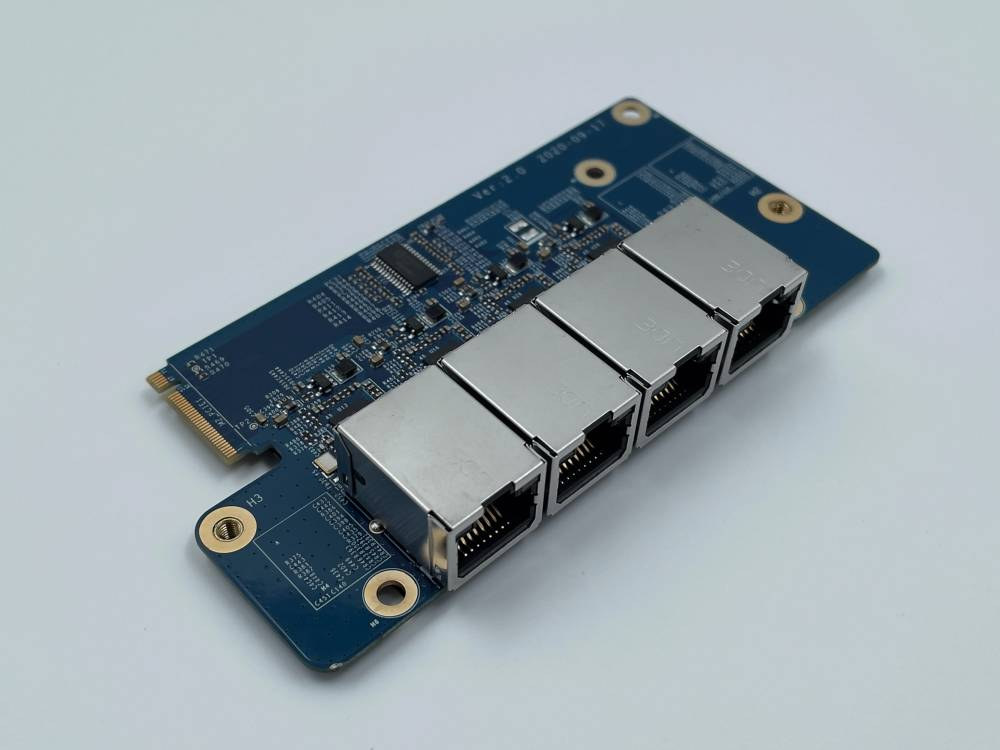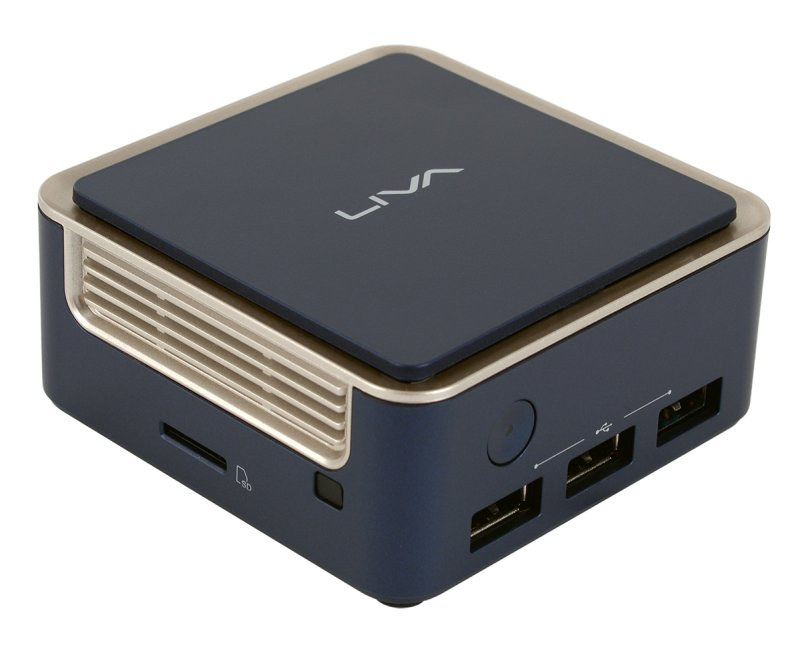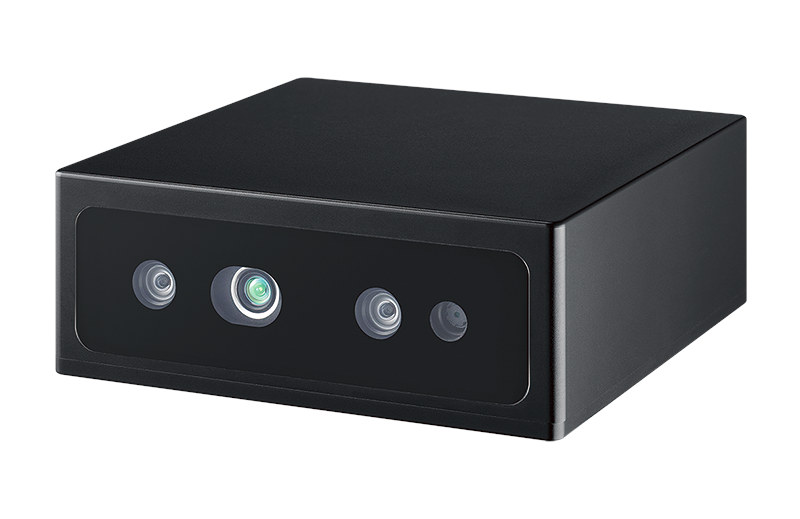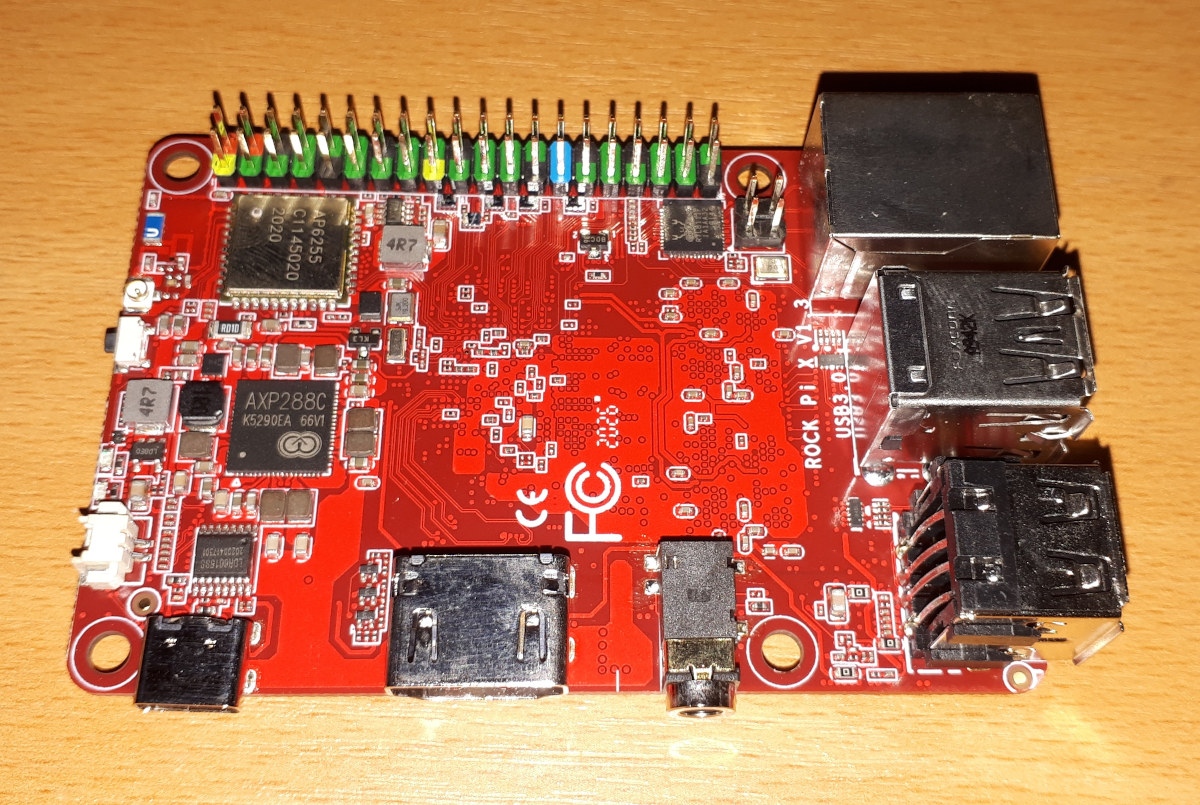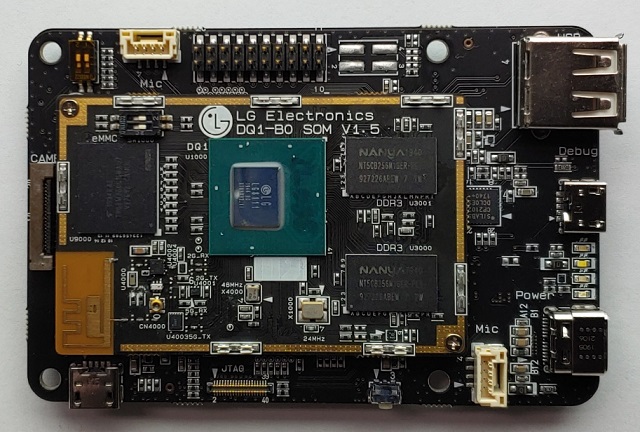Canonical has just released Ubuntu Core 20, a minimal, containerized version of Ubuntu 20.04 LTS for IoT devices and embedded systems. The company highlights several security improvements and features of the new version of the Linux-based operating system with secure boot, full disk encryption, secure device recovery, and secure containers. Ubuntu Core 20 is said to come with all benefits from Ubuntu 20.04 LTS such as regular, automated updates, the ability to manage custom app stores, and offers a longer 10-year support window. Ubuntu Core is available and certified on popular32-bit and 64-bit x86 and Arm single board computers such as Intel NUC or Raspberry Pi 4. Minimum requirements include a single-core processor @ 500 MHz, 256MB RAM, and 512MB storage. Alternatively, it’s also possible to run it in a virtual machine on your PC. Security is further enhanced with apps running in containers, and since only the necessary software […]
Cluster Server R2 2U rack cluster server ships with up to 72 Rockchip RK3399/RK3328 SoMs
Rockchip RK3399 and RK3328 are typically used in Chromebooks, single board computers, TV boxes, and all sort of AIoT devices, but if you ever wanted to create a cluster based on those processor, Firefly Cluster Server R2 leverages the company’s RK3399, RK3328, or even RK1808 NPU SoM to bring 72 modules to a 2U rack cluster server enclosure, for a total of up to 432 Arm Cortex-A72/A53 cores, 288 GB RAM, and two 3.5-inch hard drives. Firefly Cluster Server R2 specifications: Supported Modules Core-3399-JD4 with Rockchip RK3399 hexa-core Cortex-A72/A53 processor up to 1.5 GHz, up to 4GB RAM, and optional on-board 2.8 TOPS NPU (Gyrfalcon Lightspeeur SPR5801S) Core-3328-JD4 with Rockchip RK3328 quad-core Cortex-A53 processor up to 1.5 GHz, up to 4GB RAM Core-1808-JD4 with Rockchip RK1808 dual-core Cortex-A35 processor @ 1.6 GHz with integrated 3.0 TOPS NPU, up to 4GB RAM Configuration – Up to 9x blade nodes with 8x […]
Zora P1 Amlogic A311D Development Board interfaces with Orbbec 3D Cameras
We have already seen the powerful Amlogic A311D powered Khadas VIM3 SBC, and Orbbec announced the Zora P1 development board for Orbbec 3D cameras, supporting robotics, gaming, smart homes, etc. Some of the other products showcased at the CES 2021 by Orbbec include its first 3D sensor with time-of-flight (TOF) technology, the latest Astra+ camera, and a real-time industrial 3D camera. “Innovations in 3D imaging, combined with broader advances like 5G, artificial intelligence, and ultra-fast processors, are transforming the application landscape for designers and engineers,” said David Chen, co-founder, and director of engineering at Orbbec. “Our new camera with time-of-flight (TOF) technology is a great example. Its high resolution and tracking capabilities make it perfect for all kinds of products including fall detection, security, even at-home yoga and exercise products.” Orbbec’s Zora P1 Development Board Zora P1 is a processing board for developers and enthusiasts to integrate 3D imaging and associated computing tasks for demanding industrial applications. Orbbec has specially designed this long-lasting solution to work with its 3D […]
H2 Net Card adds four 2.5 GbE ports to ODROID-H2/H2+ SBC
ODROID-H2+ is already a cool single board computer with an Intel Gemini Lake Refresh processor, up to 32GB RAM, dual 2.5GbE networking, support for SATA and NVMe storage, dual 4K video output, and more. But in recent days, I’ve read people complaining recently announced WiFI 6 or WiFi 6E routers only had one 2.5 Gbps or 5 Gbps Ethernet jack and wanted all/more RJ45 connectors to be 2.5 GbE ports or greater. But if even the two 2.5GbE ports on ODROID-H2+ are not quite enough for your needs, Hardkernel H2 Net Card triples that amount by adding four extra 2.5 GbE to the x86 SBC. It also works on ODROID-H2, meaning you’d get the existing dual Gigabit Ethernet ports, plus the four 2.5GbE ports from the M.2 card. There’s no much in the way of specifications for H2 Net Card: 4x Ethernet ports up to 2.5 GbE via RTL8125 controller. […]
ECS LIVA Q1A Arm mini PC runs Linux or Android on Rockchip RK3288 or RK3399 SoC
ECS started the LIVA Q product line of tiny mini PCs in 2017, and so far all were based on low power, affordable Intel processors including last year’s LIVA Q1L/Q1D mini PCs powered by Intel Celeron or Pentium Apollo Lake processors. But at CES 2021, ECS will showcase its first Arm-based LIVA mini PCs with LIVA Q1A and Q1A Plus respectively powered by Rockchip RK3288 quad-core Cortex-A17 SoC and RK3399 hexa-core Cortex-A72/A53 processor running Linux or Android. ECS LIVA Q1A / Q1A Plus specifications: SoC LIVA Q1A – Rockchip RK3288 quad-core Cortex-A17 processor @ up to 1.6 GHz with Mali-T764 GPU LIVA Q1A Plus – Rockchip RK3399 hexa-core processor with 2x Cortex-A72 cores @ up to 1.8 GHz, 4x Cortex-A53 cores. and a Mali-T860MP4 GPU System Memory – 2GB LPDDR3-1600 Storage – 32GB (default) or 64GB eMMC flash, 1x MicroSD slot Video and audio output Both models – 1x HDMI […]
Industrial-grade 3D Vision Camera features Rockchip RK3399 SoC, Intel RealSense Technology
Vecow has just launched DVC-1000 industrial-grade 3D vision camera running Ubuntu on Rockchip RK3399 processor and based on Intel RealSense technology. The camera is rated IP67 for protection from water and dust, supports PoE, and the company says it’s “ideal for Robot Vision, Autonomous Mobile Robot, Object Dimensioning, and Intelligent Surveillance”. Vecow DVC-1000 specifications: SoC – Rockchip RK3399 hexa-core Cortex-A72/A53 processor @ up to 1.8 GHz with Mali 860MP4 GPU, 4K encode/decode System Memory / Storage – TBD Camera Depth Module Depth Sensor – OmniVision OV9282 Active Stereoscopic technology Operating Range – From 0.105 to 10 meters (depends on calibration, scene, and lighting conditions). Resolution – 1280 x 720, 640 x 480, 480 x 270, or 424 x 240 Frame Rate – Up to 60 fps Shutter Type – Global Shutter FoV (H x V x D) – 87°±3° × 58°±1° × 95°±3° @ HD Resolution Z Accuracy – ≤ […]
Rock Pi X Review – An Atom x5 SBC running Windows 10 or Ubuntu 20.04
The ROCK Pi X is the first x86 SBC (single board computer) from Radxa and resulted from repeated enquiries about running Windows on their earlier ROCK Pi 4. The ROCK Pi X comes in two models (Model A and Model B) with each model having either 1GB, 2GB, or 4GB of RAM and either 16GB, 32GB, 64GB, or 128GB of eMMC storage. Additionally, the Model B includes WiFi and Bluetooth together with supporting Power over Ethernet (PoE) although this requires an additional HAT. Both Seeed Studio and Radxa provided samples and in this review, I’ll cover some performance metrics from both Windows and Ubuntu and also discuss the thermals. Rock Pi X Hardware Overview The ROCK Pi X is similar in size to a Raspberry Pi board… but with slightly different ports and port locations even when compared to the Raspberry Pi 4. It is physically slightly larger than its […]
LG launches LG8111 AI SoC and development board for Edge AI processing
LG Electronics has designed LG8111 AI SoC for on-device AI inference and introduced the Eris Reference Board based on the processor. The chip supports hardware processing in artificial intelligence functions such as video, voice, and control intelligence. LG8111 AI development board is capable of implementing neural networks for deep learning specific algorithms due to its integrated “LG-Specific AI Processor.” Also, the low power and the low latency feature of the chip enhances its self-learning capacity. This enables the products with LG8111 AI chip to implement “On-Device AI.” Components and Features of the LG8111 AI SoC LG Neural engine, the AI accelerator has an extensive architecture for “On-Device” Inference/Leaning with its support on TensorFlow, TensorFlow Lite, and Caffe. The CPU of the board comes with four Arm Cortex A53 cores clocked at 1.0 GHz, with an L1 cache size of 32KB and an L2 cache size of 1MB. The CPU also […]


